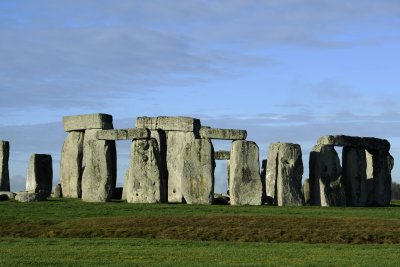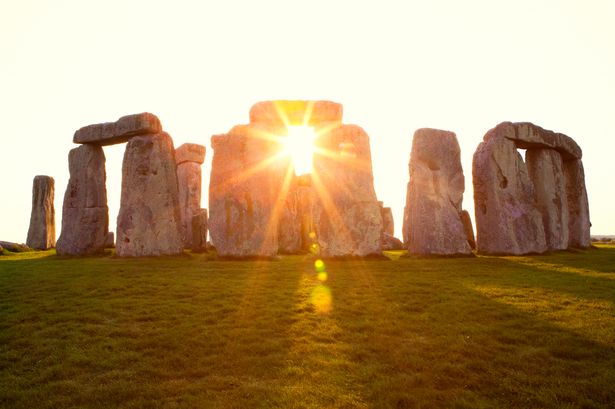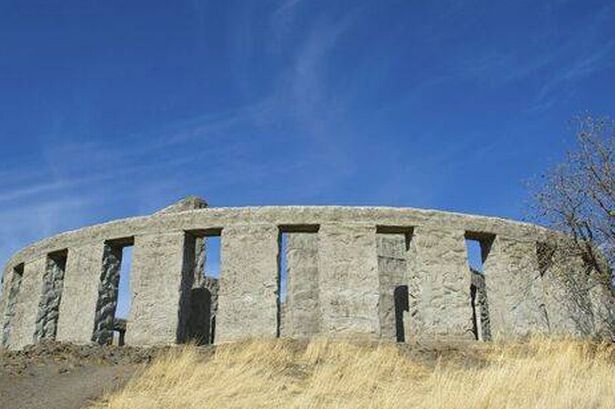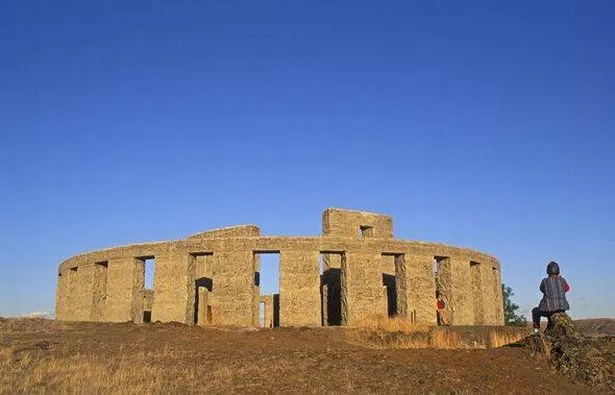Stonehenge has been ranked as one of the top ten bucket list attractions in the world by Iglu Cruise, which also rated Sagrada Familia, Taj Mahal, Angkor Wat and the Niagra Falls highly
The ethereal Stonehenge has been among the world’s top bucket list attractions.
“If you’re the kind of person who’s willing to hike out to the middle of nowhere just to take a few photos of some rocks, or if you’re up for baa-ing with the sheep, you’ll love it here.”
That’s the one-star review of one particularly sarcastic person who clearly wouldn’t know a high-quality henge if one were to land on his plate. Clearly, the public at large disagrees with his grumbling review of a UK attraction that is among the most iconic of the country’s symbols and has now earned seventh place on Iglu Cruise’s list of the world’s best.
One could be forgiven for thinking that Stonehenge was erected all in one go. If not over a long weekend, then by the same set of ox-strong monument constructors.
READ MORE: Major blow for train fans as night train connecting European cities is axedREAD MORE: ‘Trump effect’ sees tourists ditching US holidays while China holidays surge
In fact, the stones were erected over hundreds of years, according to English Heritage. In about 2,500 BC, the stones in the centre of the monument were set up.
“Two types of stone are used at Stonehenge – the larger sarsens and the smaller ‘bluestones’. The sarsens were erected in two concentric arrangements – an inner horseshoe and an outer circle – and the bluestones were set up between them in a double arc. Probably at the same time that the stones were being set up in the centre of the monument, the sarsens close to the entrance were raised, together with the four Station Stones on the periphery,” English Heritage’s website explains.
“About 200 or 300 years later the central bluestones were rearranged to form a circle and inner oval (which was again later altered to form a horseshoe). The earthwork Avenue was also built at this time, connecting Stonehenge with the river Avon.”
Perhaps the last prehistoric activity to take place at Stonehenge was the digging around the stone settings of two rings of concentric pits, the so-called Y and Z holes. Radiocarbon has dated these back between 1,500 and 1,500 BC.
The length of the project, and the fact that generations of Neolithic West Country builders kept standing up more stones, adds to the mystique and attraction of the place.
Perhaps the most intriguing part of Stonehenge is the unlikely fact of its existence. Recent geochemical research work has concluded that the stones were transported around 20 miles to their current site. Given that the average sarsens weigh 25 tons, with the largest stone, the Heel Stone, weighing about 30 tons, it would’ve required an extraordinary amount of organisation and effort.
“Building the stone circle would have needed hundreds of people to transport, shape and erect the stones. These builders would have required others to provide them with food, to look after their children and to supply equipment including hammerstones, ropes, antler picks and timber. The whole project would have needed careful planning and organisation,” writes English Heritage.
Once transported and then cut down to size, the stones needed to be lifted up into place. To erect a stone, people dug a large hole with a sloping side. The back of the hole was lined with a row of wooden stakes. The stone was then moved into position and hauled upright using plant fibre ropes and probably a wooden A-frame. Weights may have been used to help tip the stone upright. The hole was then packed securely with rubble.
Today, English Heritage runs the Stonehenge site and charge around £28.00 for an on-the-door ticket. If you claimed a free-entry coupon via the Mirror earlier this month, then you can check out the stones for no extra cost. It is possible to see Stonehenge from a public path, but the viewpoint is a little further away than is optimal.
A great time to visit is in the autumn, when the nearby trees turn brown and yellow, and the crowds are a little thinner.
Other attractions on Iglu Cruise’s list include Sagrada Familia, Taj Mahal, Angkor Wat and the Niagra Falls. You can check out the full list on its website.








